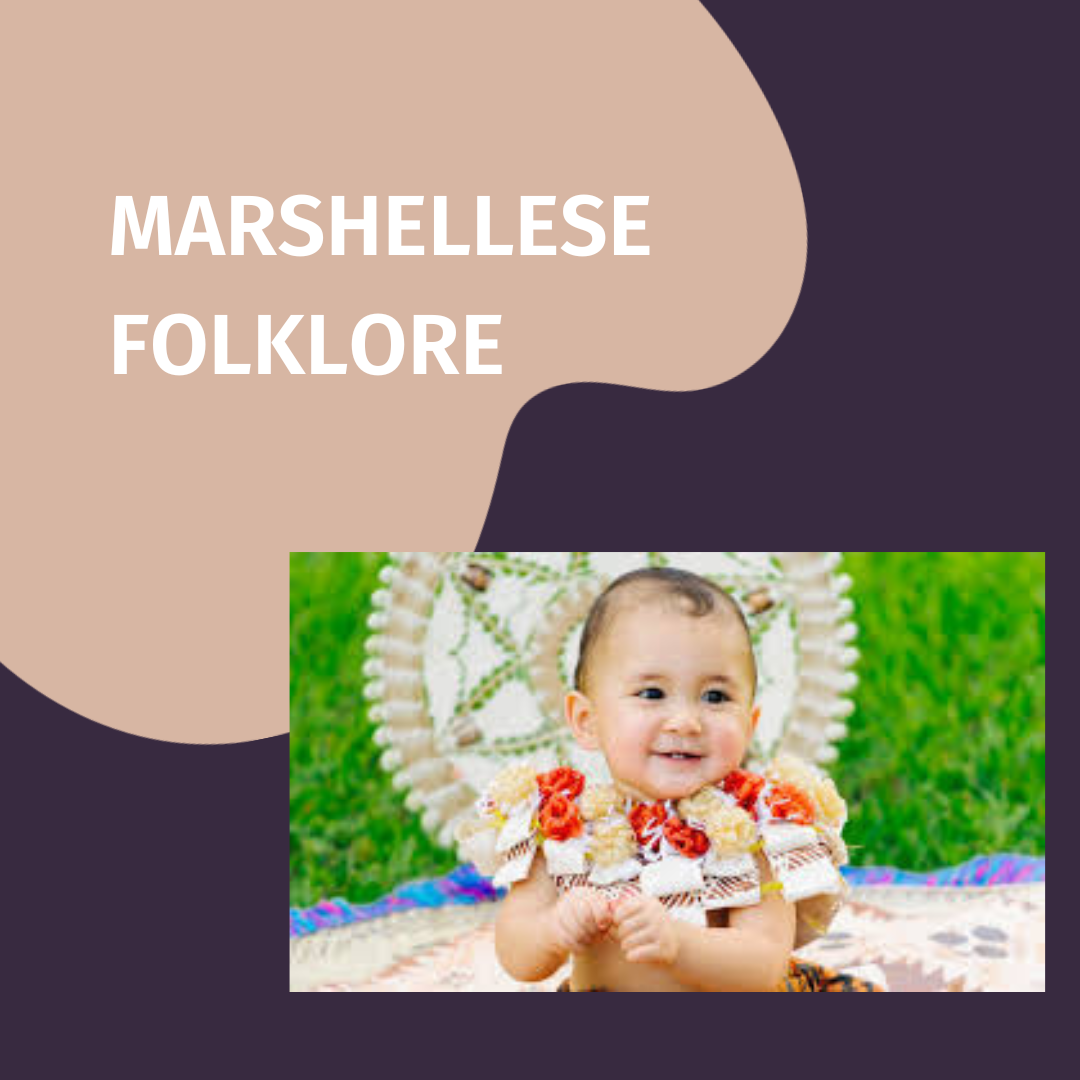OBJECTIVES:
- Accurately recount at least 2 main plot points of an auditory story in a verbal response;
- Verbally identify at least 1 potential moral to a Marshallese folktale or story;
- Demonstrate comprehension by depicting at least 4 major plot points of a Marshallese story in a drawing.


